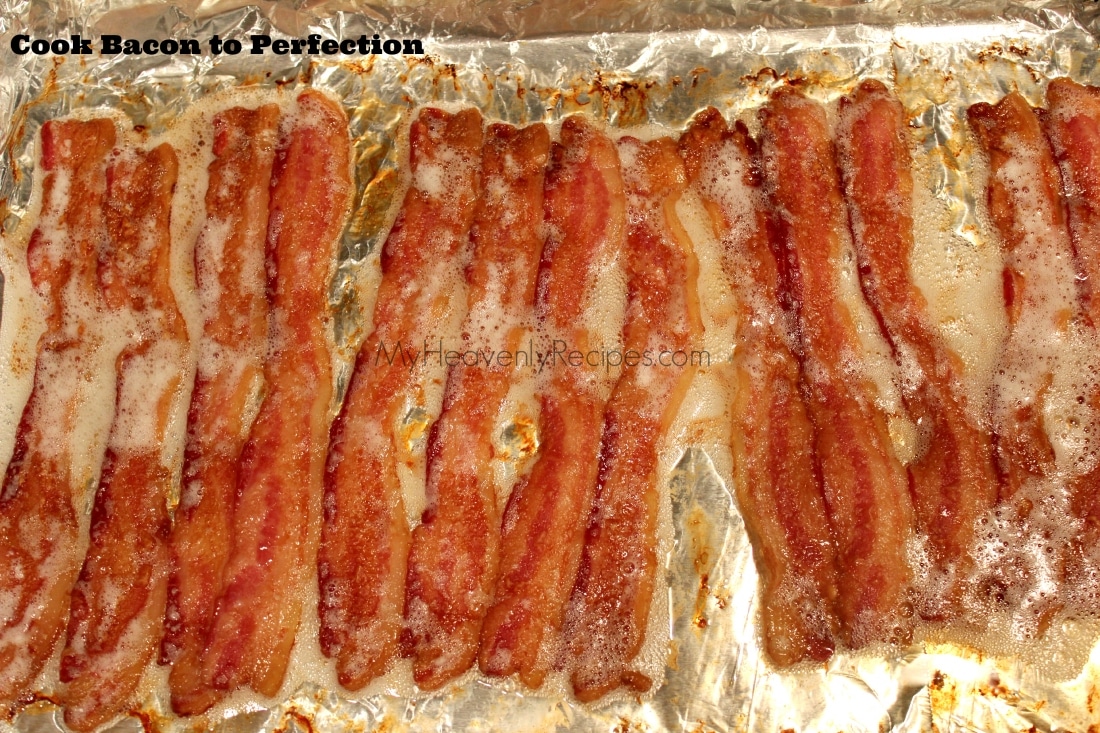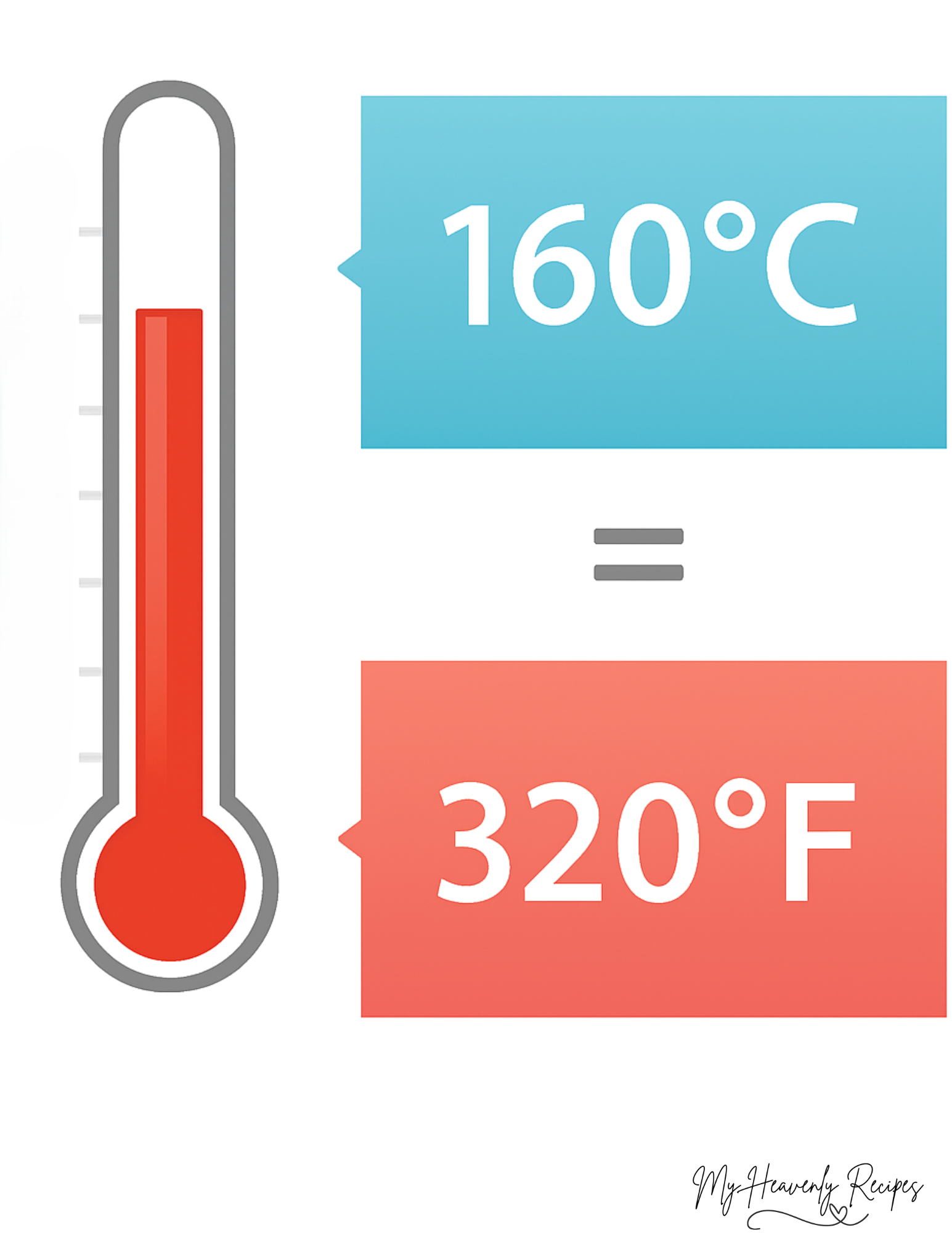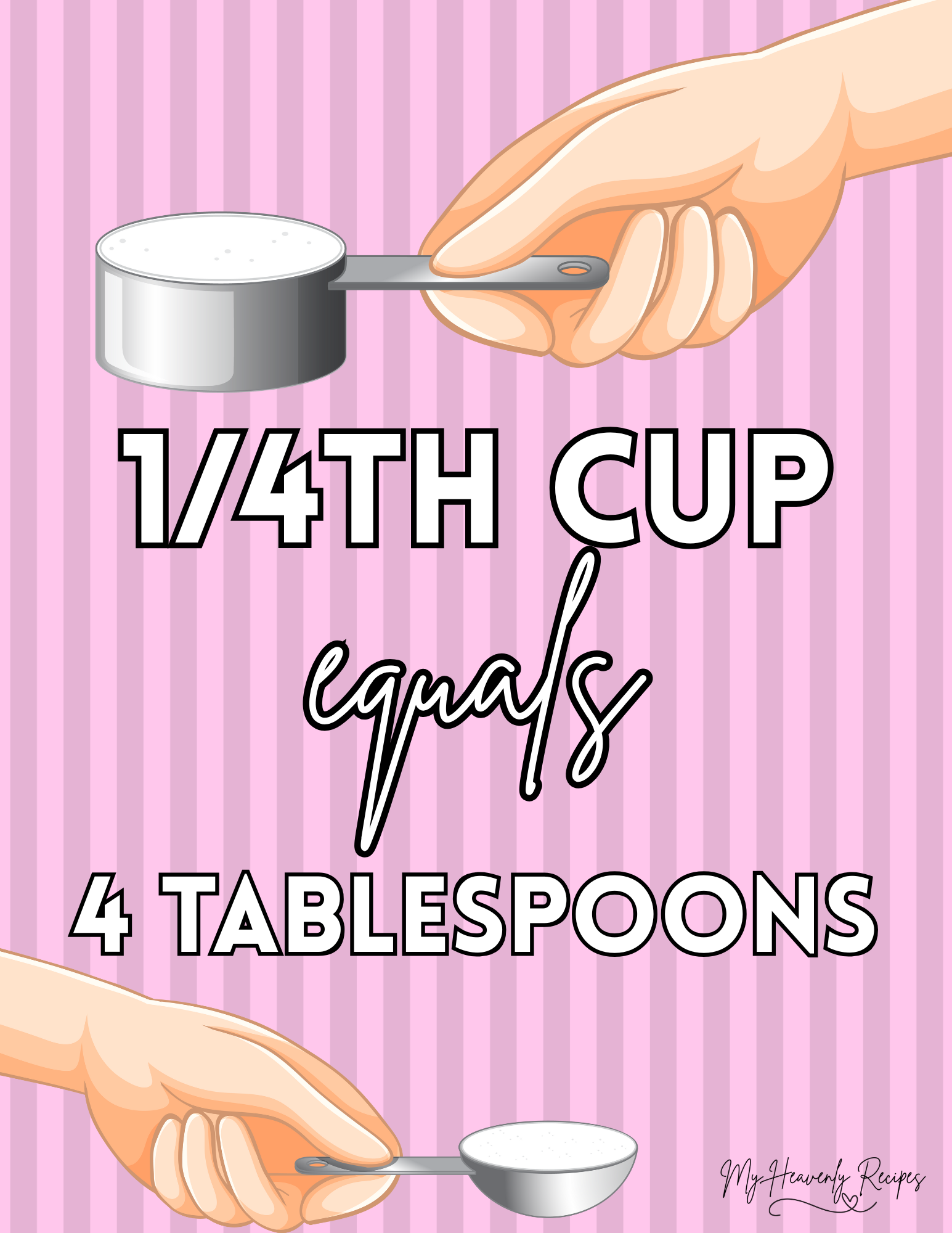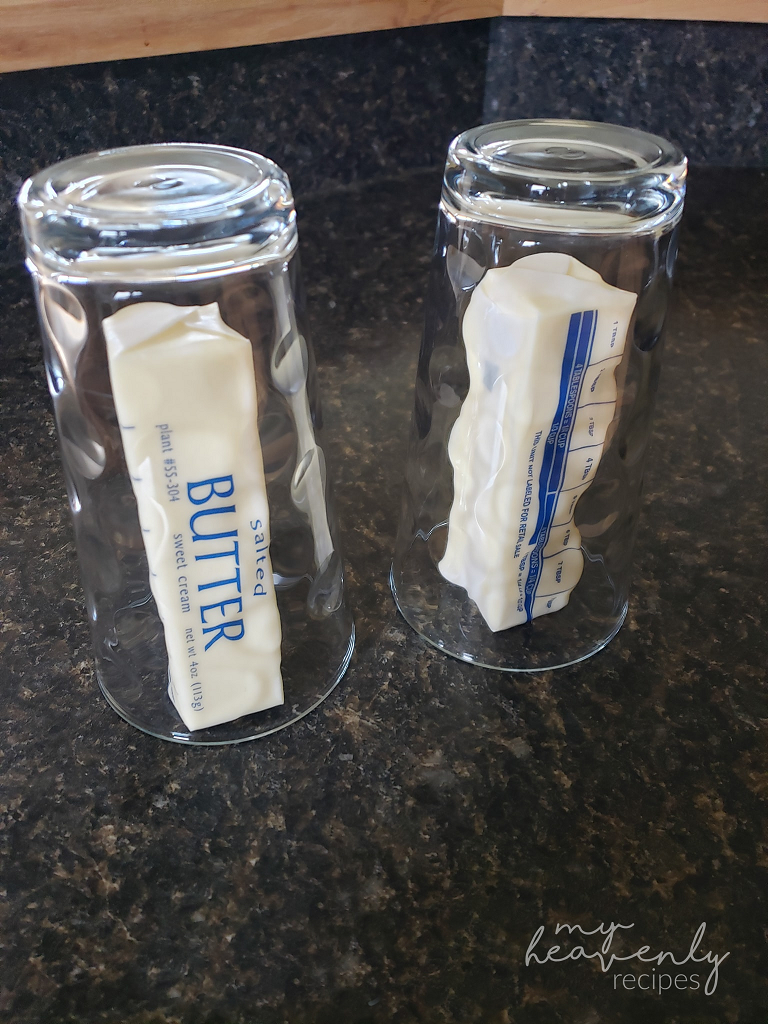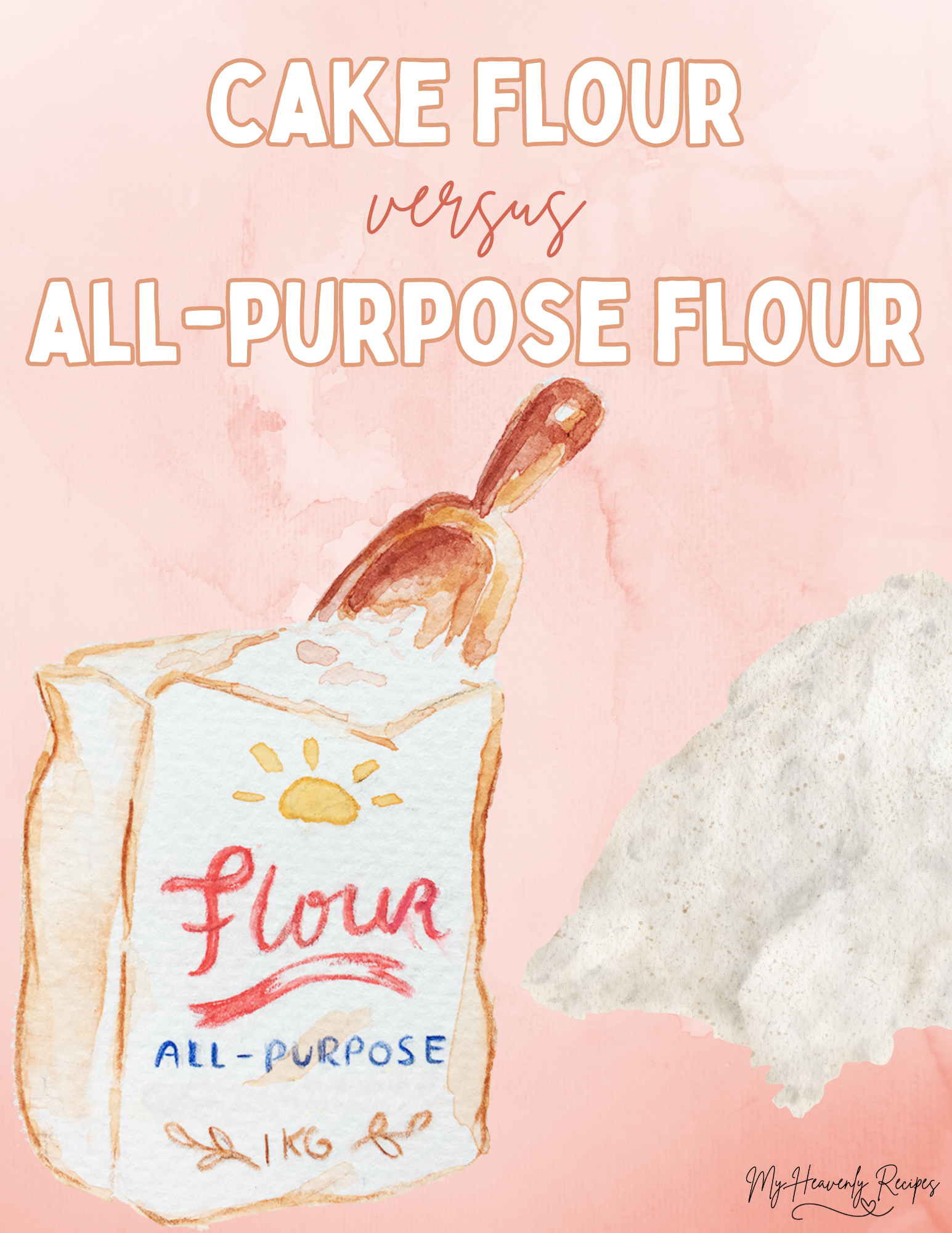Sirloin Steak vs Ribeye
Sirloin Steak versus Ribeye Steak
If you’ve ever stood in front of the meat section at the grocery store trying to decide between sirloin and ribeye, you’re not alone. Both cuts look delicious, both promise a juicy steak dinner, but they’re not quite the same. Sirloin and ribeye each have their own flavor, texture, and best cooking methods—and knowing which one to grab makes all the difference between a good steak and a great one.
Let’s break down what sets them apart, how to cook each one (even if it’s still frozen), and how they compare nutritionally.
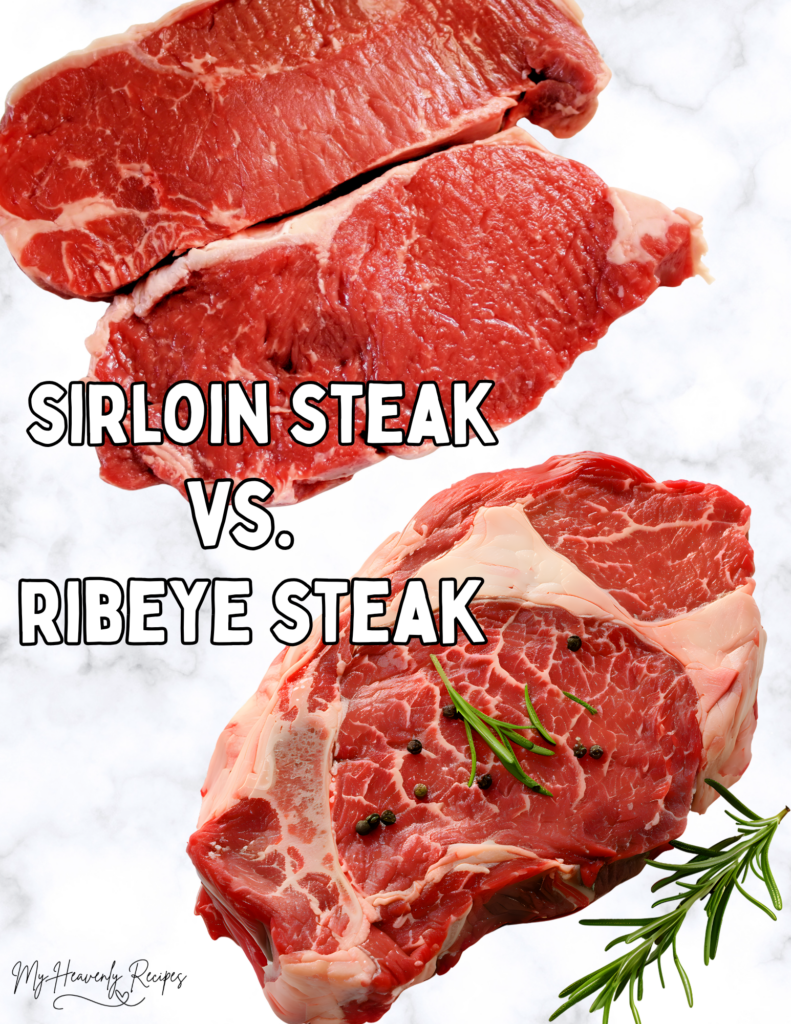
What’s the Difference Between Sirloin and Ribeye?
The biggest difference comes down to where the cut comes from on the cow—and that determines the flavor and tenderness.
| Cut | Location on Cow | Texture | Flavor | Fat Content |
|---|---|---|---|---|
| Ribeye | From the rib section (between ribs 6–12) | Very tender | Rich, buttery, beefy | High (lots of marbling) |
| Sirloin | From the rear back portion, behind the ribs | Leaner, firmer | Mild, beefy flavor | Lower (less marbling) |
Ribeye is known for that beautiful marbling—those white streaks of fat that melt into the meat when cooked, giving it that juicy, buttery texture steak lovers crave. Sirloin, on the other hand, is leaner and a bit firmer, but still flavorful. It’s a great option if you prefer a meaty bite without the richness of a ribeye.
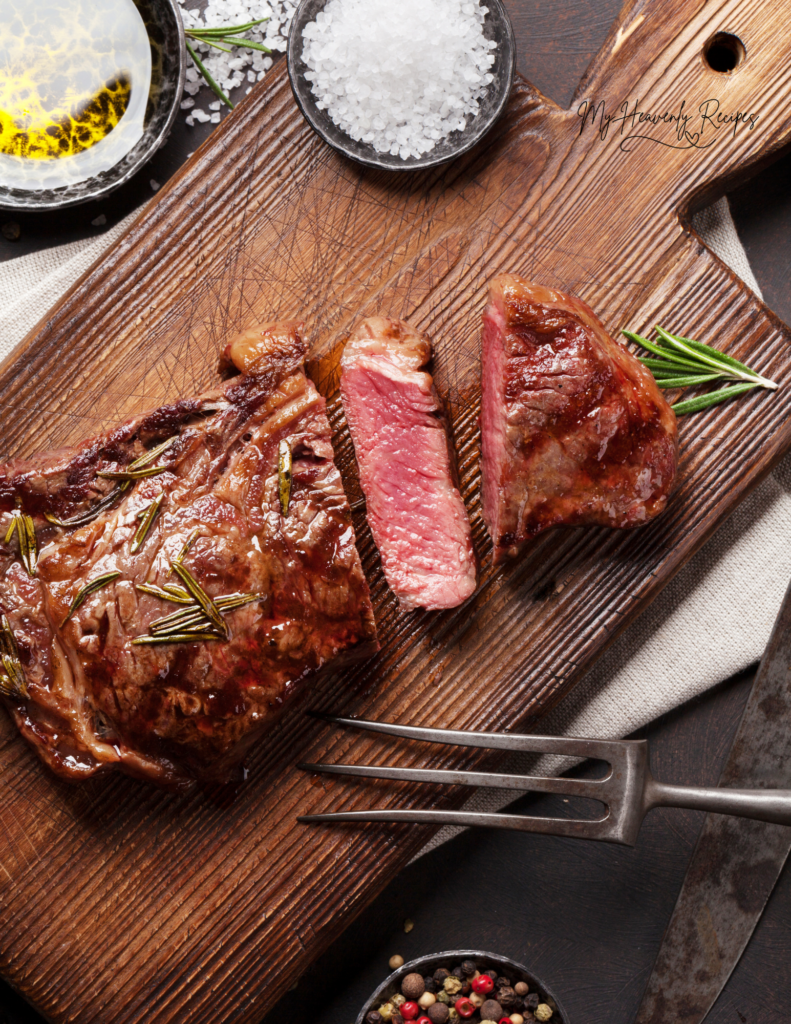
Ribeye: The Buttery Favorite
Ribeye is often the star of steakhouses for a reason. It’s tender, juicy, and full of flavor thanks to its high fat content. Whether you go bone-in or boneless, ribeye holds up beautifully on the grill or in a cast iron skillet.
If you like a steak that practically melts in your mouth and don’t mind a little extra richness, ribeye is your cut.
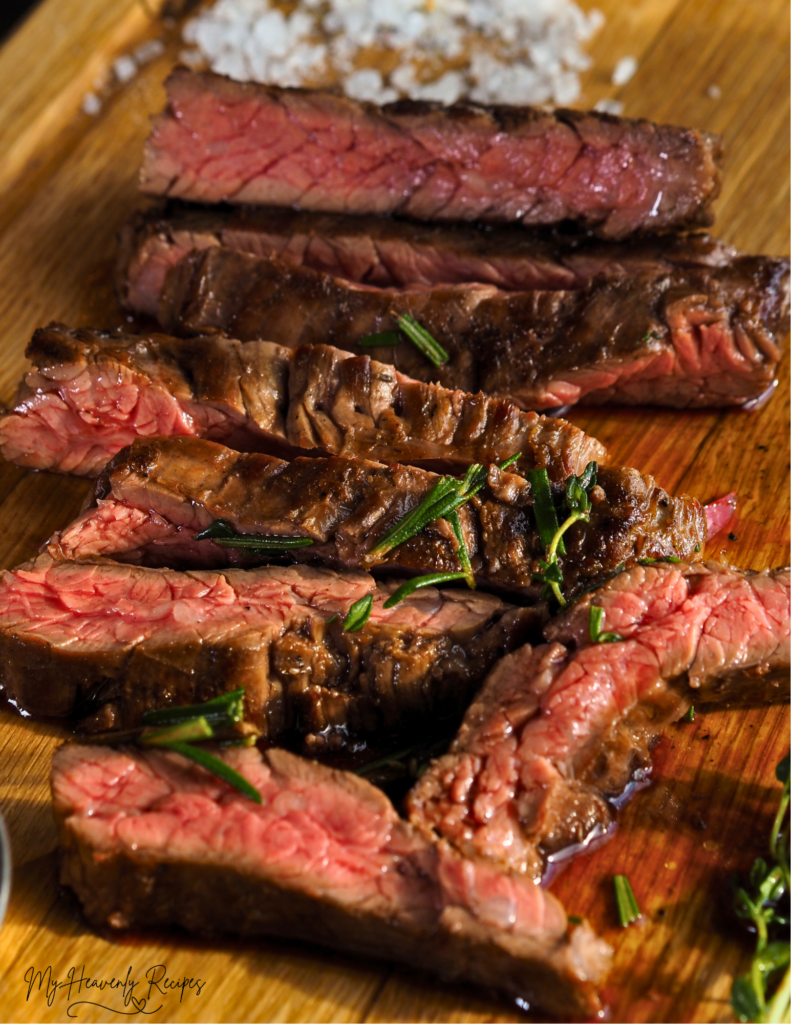
Sirloin: Lean, Meaty, and Versatile
Sirloin is a great all-around choice—tender enough for a nice steak dinner, but lean enough for everyday cooking. It’s also usually less expensive than ribeye, which makes it a great option for weeknight meals or meal prep.
If you prefer a leaner steak with a pure, beefy taste, sirloin is the way to go.
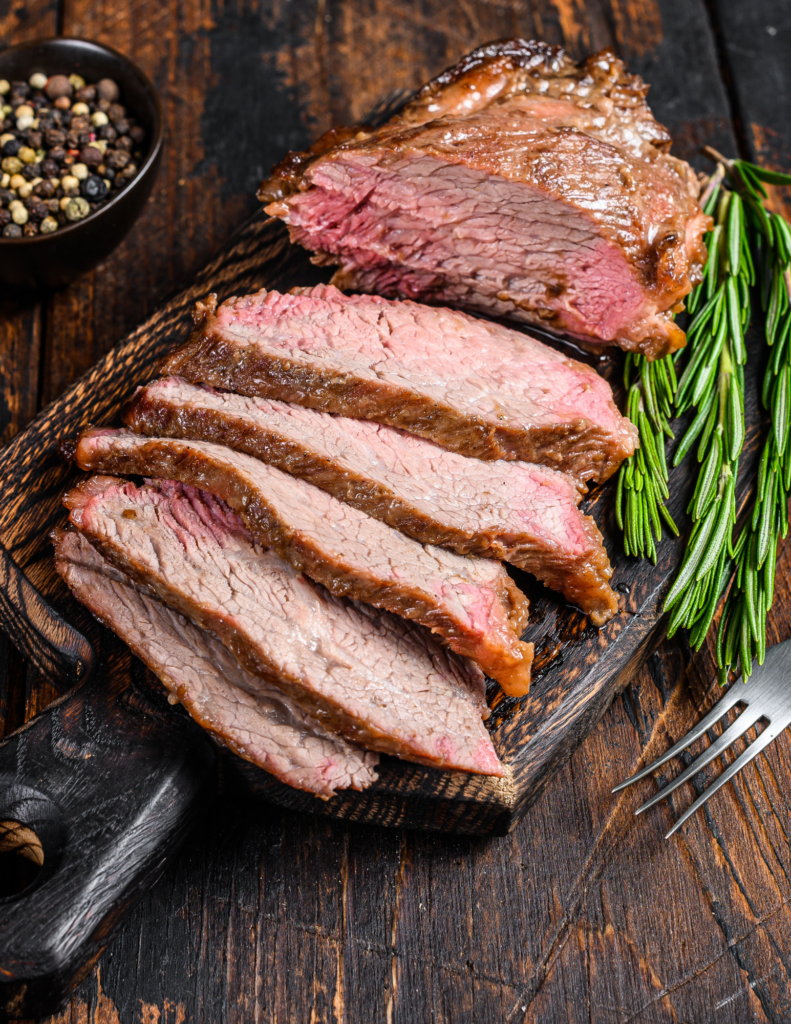
Cooking Sirloin vs Ribeye: What You Need to Know
Both cuts can be grilled, pan-seared, or broiled, but they benefit from slightly different approaches.
How to Grill Ribeye
- Let the steak come to room temperature if possible (about 30 minutes out of the fridge).
- Season generously with salt, pepper, and a touch of oil.
- Preheat the grill to high heat (450–500°F).
- Grill for 4–6 minutes per side for medium-rare, depending on thickness.
- Let it rest for at least 5 minutes before slicing.
Because ribeye has more fat, flare-ups can happen—keep a close eye and move it around as needed.
How to Grill Sirloin
- Pat the steak dry and season well with salt, pepper, and a bit of olive oil.
- Preheat your grill to medium-high heat (around 425°F).
- Grill for 3–5 minutes per side for medium-rare.
- Let it rest before slicing to keep the juices in.
Sirloin benefits from a quick, hot sear—it cooks fast and stays tender if you don’t overdo it.
Cooking from Frozen vs Thawed
We’ve all forgotten to thaw steak before dinner, but the good news is you can still cook it straight from the freezer. It just takes a little longer.
| Steak Type | From Thawed | From Frozen | Notes |
|---|---|---|---|
| Ribeye | 4–6 min per side (grill) | 7–9 min per side (grill) | Cook on lower heat first to avoid burning fat |
| Sirloin | 3–5 min per side (grill) | 6–8 min per side (grill) | Slightly longer cook time, great results if finished with a quick sear |
If cooking from frozen, skip the defrosting step—just cook it over medium heat first to warm through, then sear on high heat for a nice crust.
Calories and Nutrition: Sirloin vs Ribeye (8 oz Serving)
If you’re watching calories or macros, here’s how they stack up:
| Cut | Calories | Protein | Fat | Carbs |
|---|---|---|---|---|
| Ribeye (8 oz) | ~600–650 | ~50g | ~45g | 0g |
| Sirloin (8 oz) | ~400–450 | ~52g | ~18g | 0g |
Sirloin has almost the same amount of protein but significantly less fat, making it a leaner option. Ribeye, though, wins in flavor and tenderness thanks to its marbling.
Flavor and Texture: What to Expect
- Ribeye: Juicy, rich, and buttery. Ideal for steak purists who love that melt-in-your-mouth texture.
- Sirloin: Meaty, lean, and firm. Great for people who like a satisfying chew without extra fat.
Tips for Perfect Steaks Every Time
- Let your steak rest before slicing—it keeps the juices inside.
- Don’t poke it while cooking; use tongs instead of a fork.
- Always season generously before cooking; salt helps form that perfect crust.
- If grilling ribeye, trim any large chunks of fat on the edge to reduce flare-ups.
Frequently Asked Questions
Which steak is better for grilling—sirloin or ribeye?
Both work beautifully, but if you want big, juicy flavor, go with ribeye. If you prefer something leaner and easier to manage, sirloin is the better choice.
Can I marinate sirloin or ribeye?
Sirloin takes really well to marinades—it absorbs flavor and stays tender. Ribeye usually doesn’t need one since it’s already rich and flavorful on its own.
Is ribeye always more expensive than sirloin?
Usually, yes. Ribeye’s high fat content and tenderness make it a premium cut, while sirloin is more budget-friendly.
What’s better for meal prep?
Sirloin is the winner here. It reheats better than ribeye because it’s leaner and doesn’t rely on melted fat for flavor.
How do I tell when a steak is done?
Use a meat thermometer. For medium-rare, aim for 130–135°F; for medium, 140–145°F. Remember, the temperature will rise slightly while it rests.
Both sirloin and ribeye have their place in the kitchen. If you’re craving a rich, indulgent steak night, ribeye delivers every time. But if you want something leaner, easier on the wallet, and still packed with flavor, sirloin is a great go-to.
At the end of the day, you really can’t go wrong. It’s all about what kind of steak experience you’re after—juicy and buttery, or lean and bold.

